With frame 67 x 60,5 x 2,5 cm
Signed, dated and titled lower left
Exhibitions: Pittura figurativa dei maestri italiani del Novecento (Bergamo, Italy, Contro Culturale S. Bartolomeo, 11-26.11.2006)
Initially he was a student in the art studio of the sculptor Emanuele Caggiano who in 1864 abandoned to enter the studio of Lisa, a sculptor with a realist tendency.
Gemito's first works arise from the study from life of the Neapolitan reality, such as the street urchins and commoners who give the result of a series of works that break with the consolidated sculptural tradition and that lead to an unprecedented link between an intense naturalism of modern inspiration and the re-enactment of an archaeological world.
He exhibited in 1860 and in 1873 at the Neapolitan Promoter Exposition.
In 1877 he went to Paris where the following year he exhibited at the Salon de Paris and obtained some success, so much so that he remained in the French capital until 1880. The long stay gave him the opportunity to make some fundamental friendships, such as the one with Ernest Meissonnier who in addition to being his friend and adviser, he also became his patron and model.
In 1880 Gemito returned to Italy, settling in Capri and in the same year exhibited in Turin at the IV National Exhibition and at the Salon de Paris. He built his own foundry in 1883 with the financial help of the Dutch Oscar du Mesnil, to whom Gemito cast a larger-than-life bronze bust. In 1885 he exhibited in Antwerp and in 1900 again in Paris. The sculptural elaboration becomes more and more refined and chiseled, almost according to a prestigious goldsmith taste. In 1909 he exhibited at the V Venice International Exhibition where he presented a greater number of works on paper than sculptural ones, just as his last exhibition in Rome in 1911 was almost exclusively composed of drawings.
Vincenzo Gemito remains the most illustrious representative of Italian Impressionist sculpture and his drawings cultivated in all periods of his life are of considerable achievement, in which the influence of Mariano Fortuny is very visible, portraits and figures obtained with an exquisitely pictorial manner, made of minute chiaroscuro research, light effects, strong spots.
A commemorative of 54 works was set up for him at the 1932 Venice Biennale.
The painting is in good condition.
We remain at your disposal for further information.


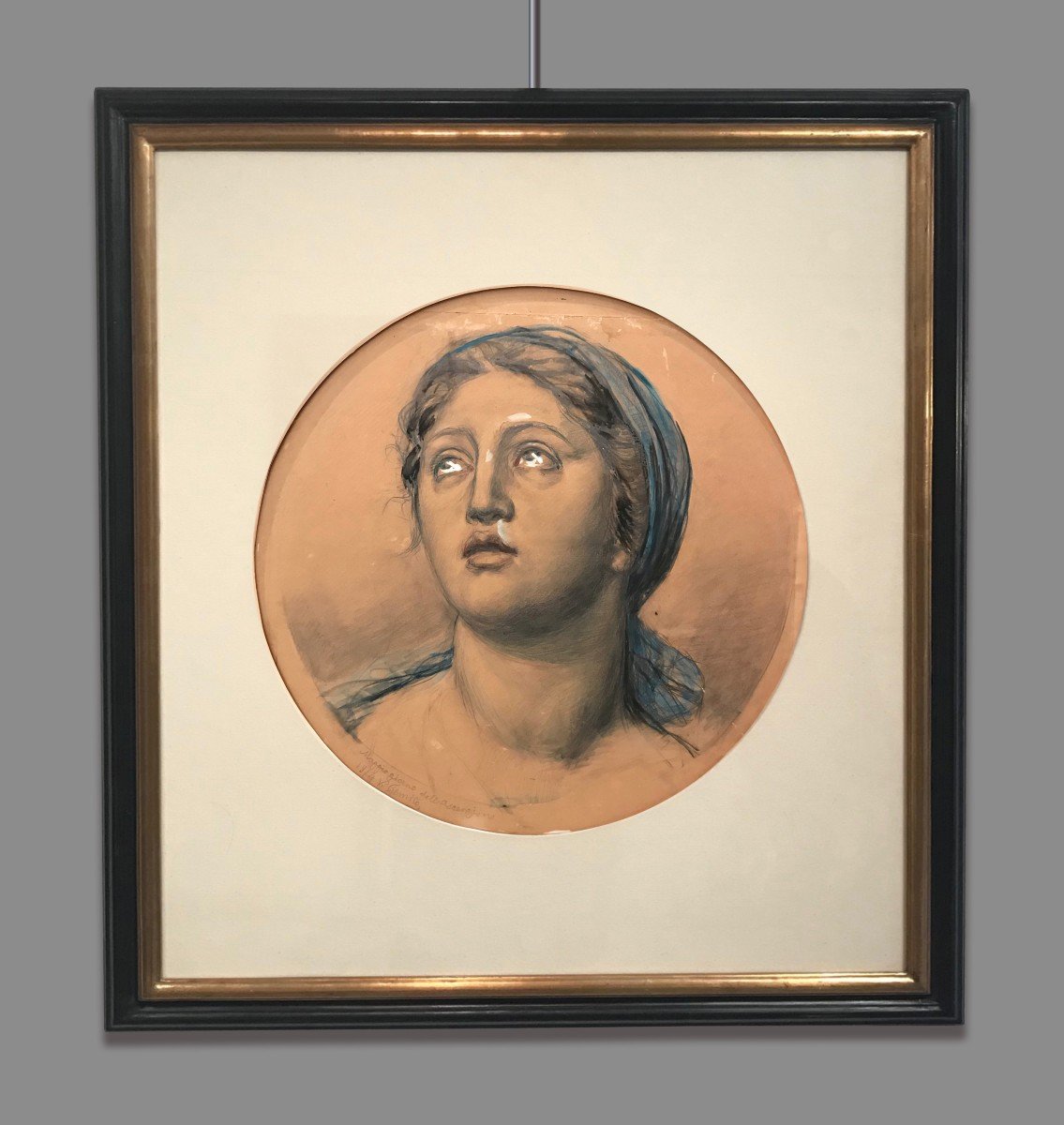
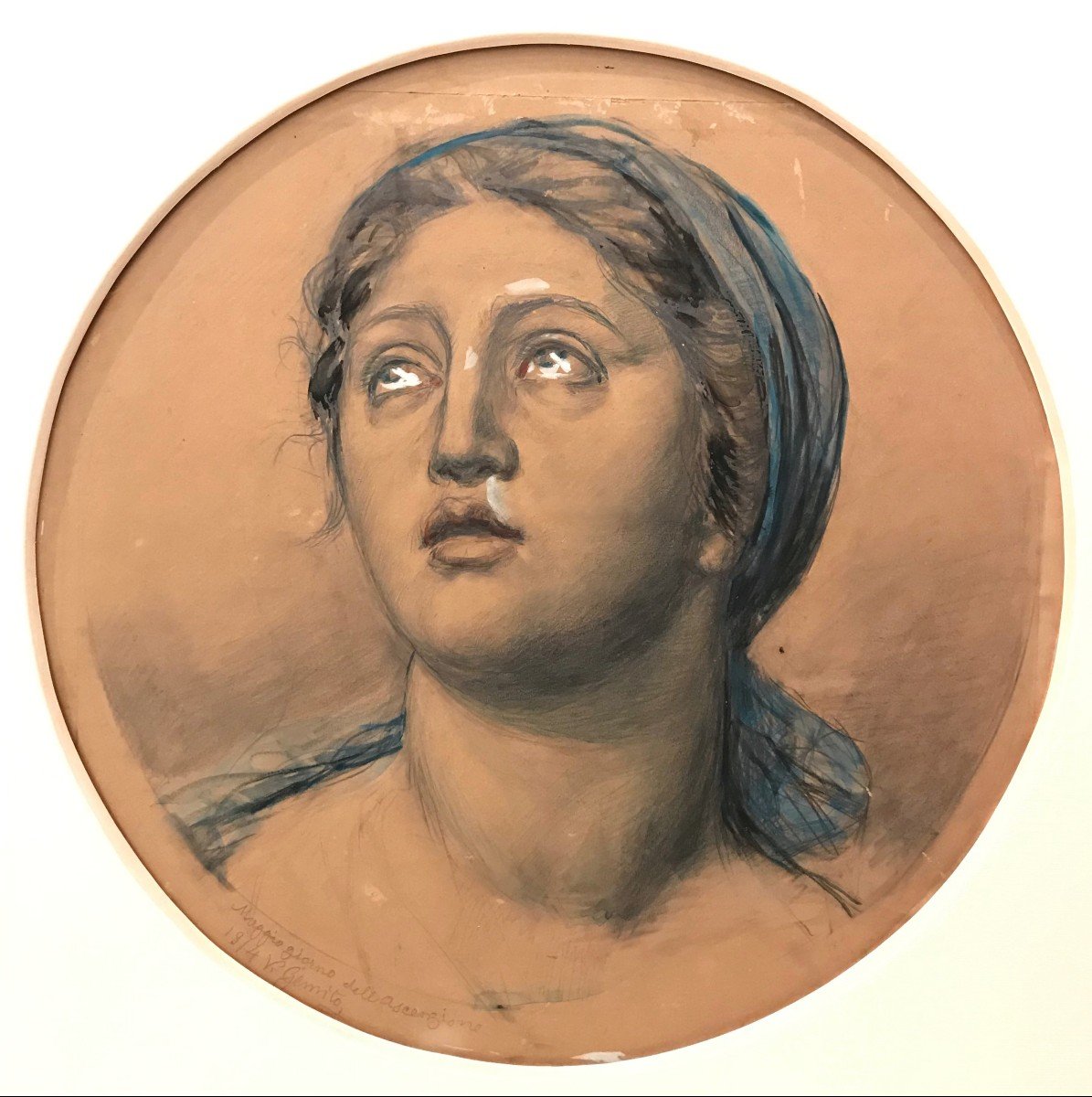
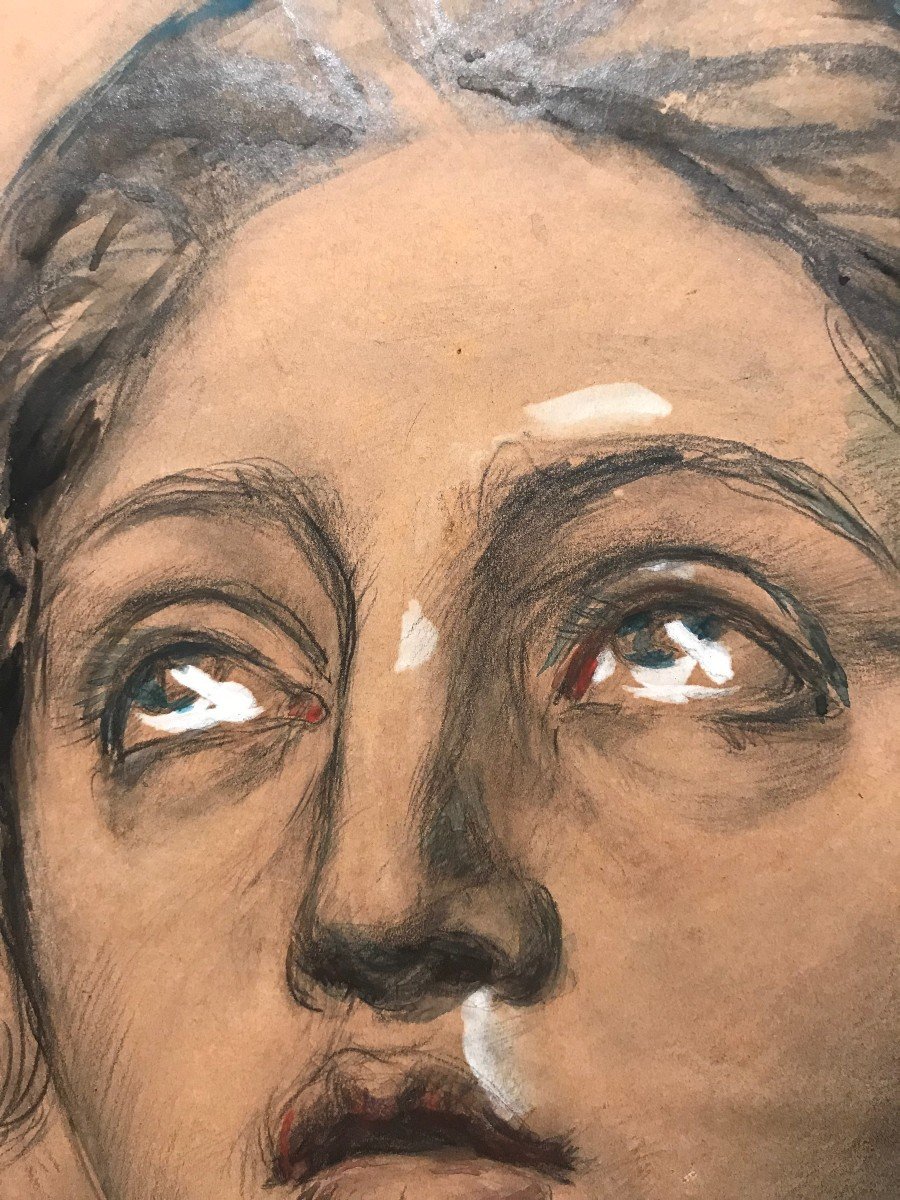
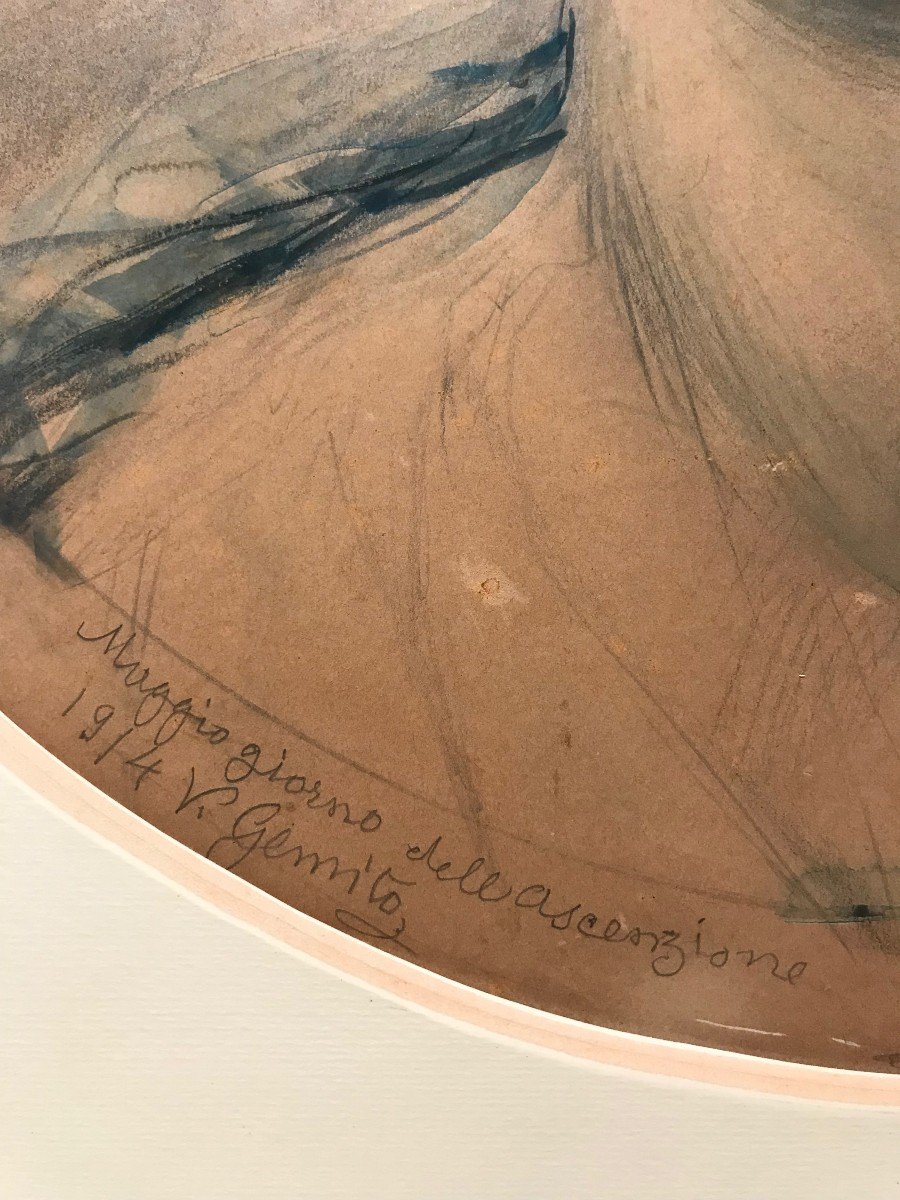

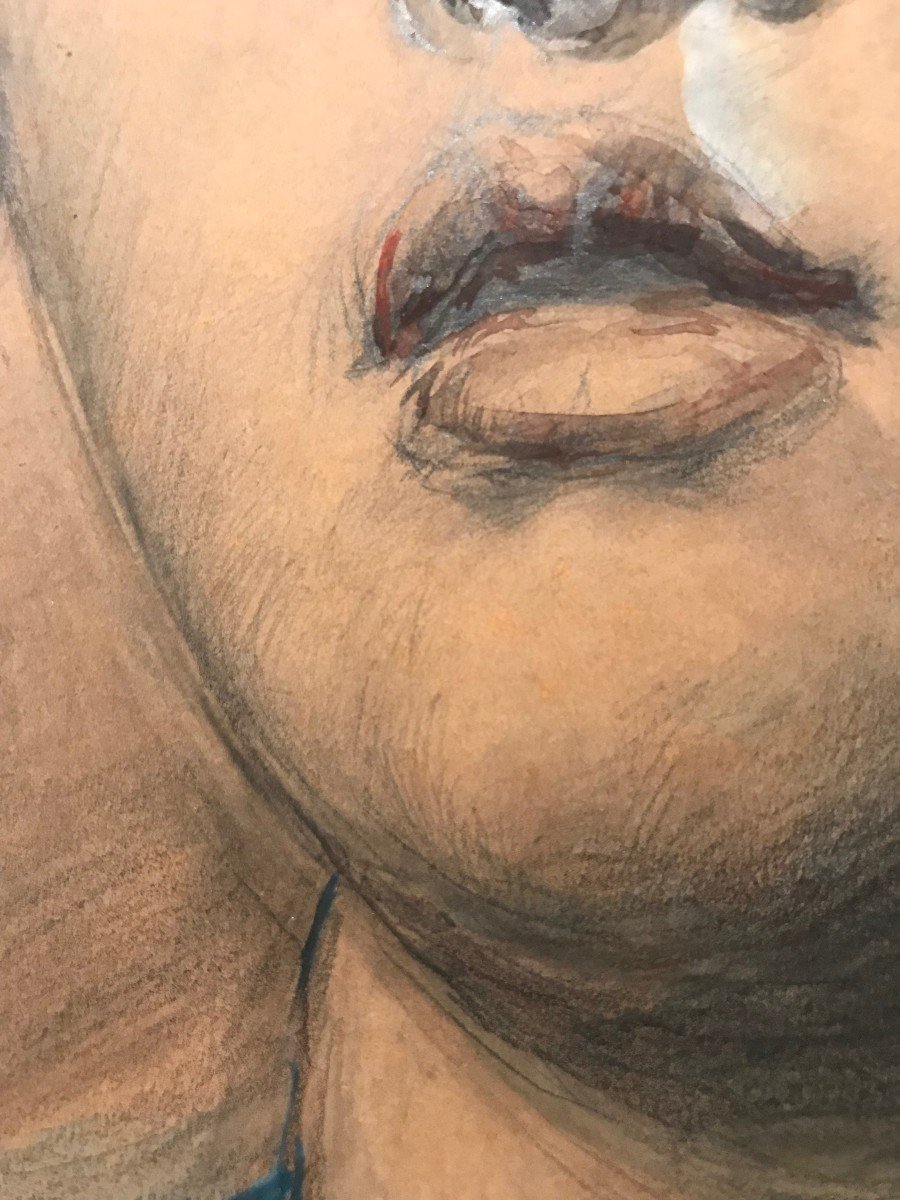
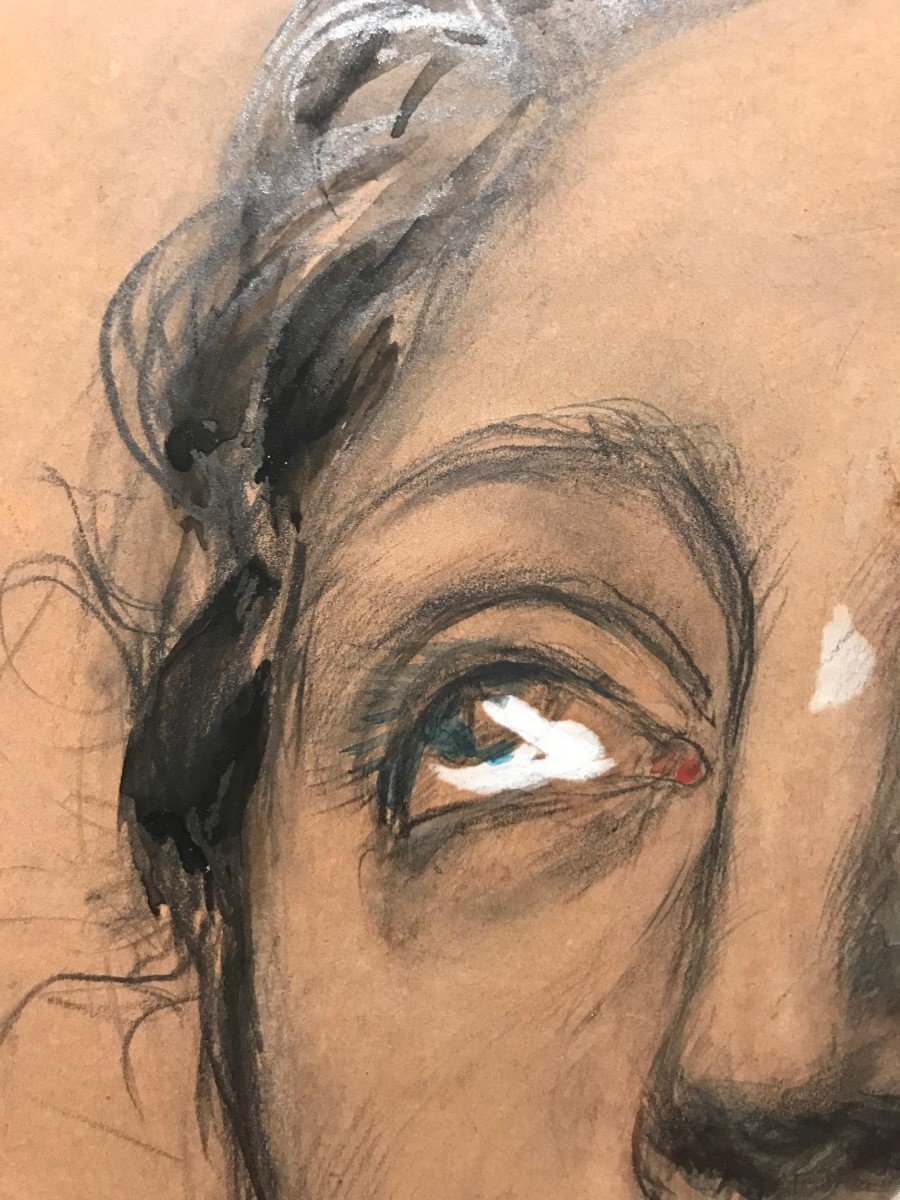
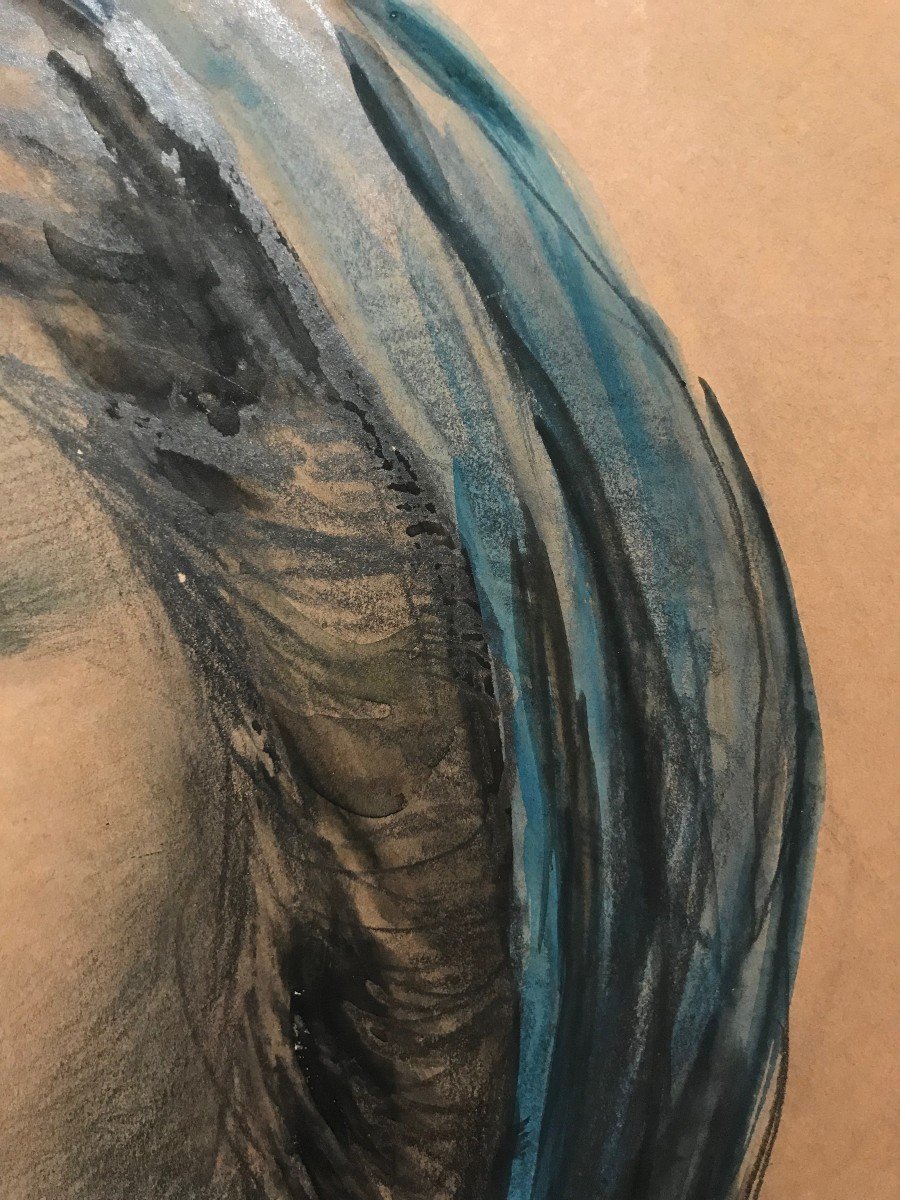




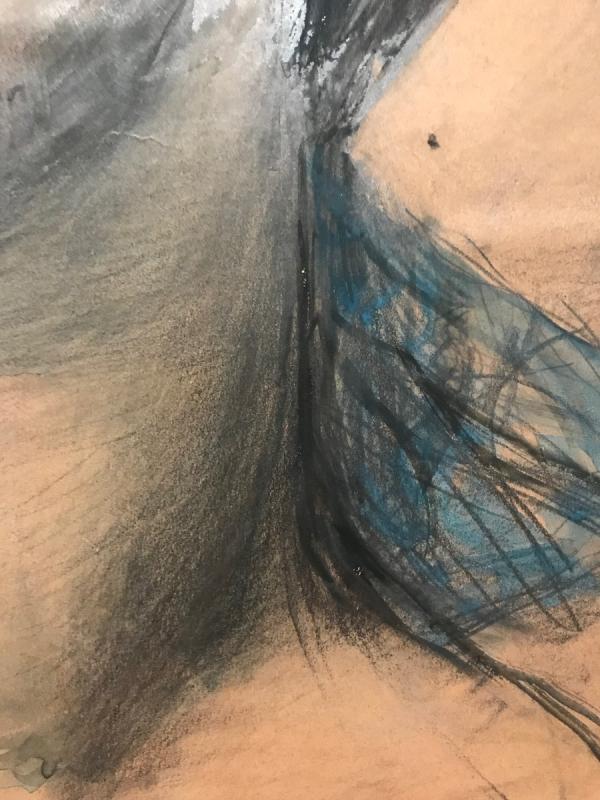




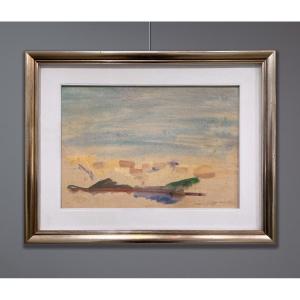
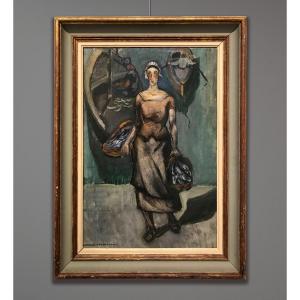






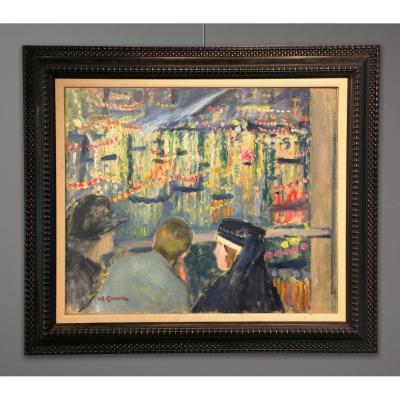




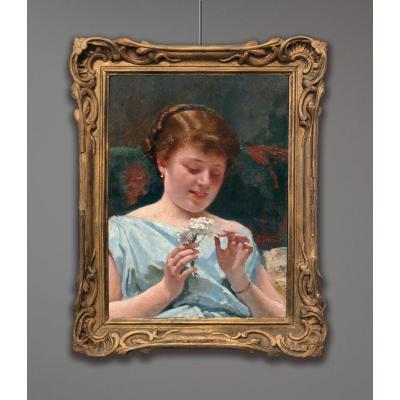

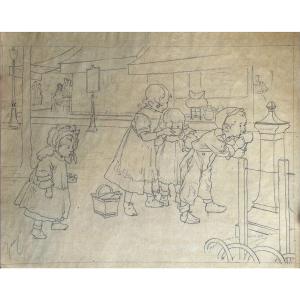

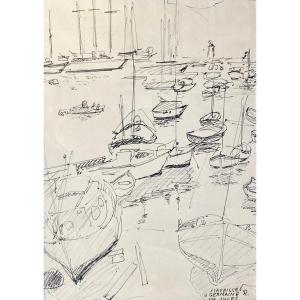
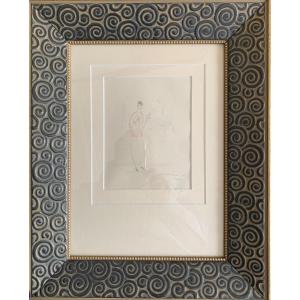
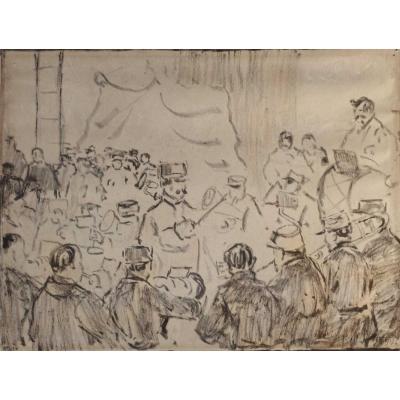



 Le Magazine de PROANTIC
Le Magazine de PROANTIC TRÉSORS Magazine
TRÉSORS Magazine Rivista Artiquariato
Rivista Artiquariato